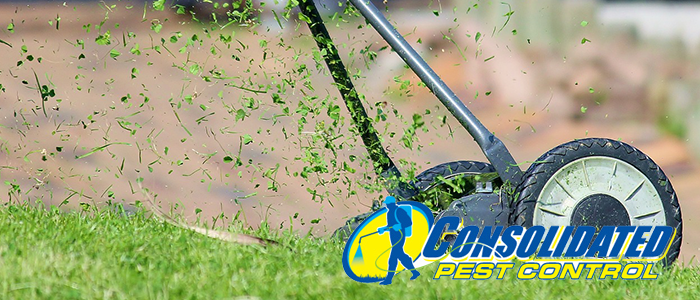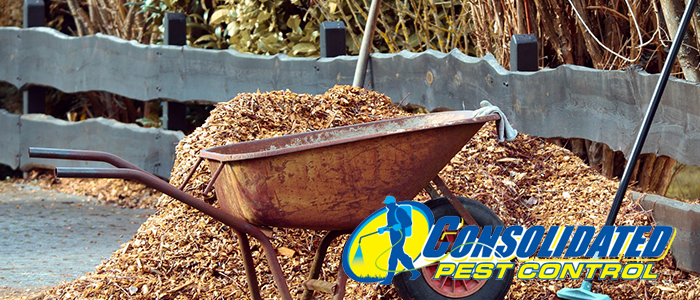
All About Yellowjackets
It seems everyone calls them something different – Hornets, wasps, yellowjackets… But what’s the proper name for these aggressive yellow insects that swarm our picnics? If you’re talking about the common wasp, the yellow stinging insect that you’re most likely to run into, it’s a wasp. The common name is yellowjacket, though some people might call them hornets. Though they can be found everywhere, they’re especially common in Southern USA. That includes Florida! You might want to know more about these pests if you’re like us. This article will cover everything you need to know about the common wasp or yellowjacket.
Wasp or Hornet?
Vespula vulgaris is the species of yellowjacket you’re most likely to encounter. Like every member of the Vespidae family, they are wasps. The difference between wasps and hornets is both genetic and size driven. While wasps are usually less than an inch long, hornets can grow to over an inch and are far more aggressive. It should be noted that hornets are wasps, but not all wasps are hornets… A bit like how not every shark is a hammerhead, but hammerheads are still sharks.
What Do Wasps Eat?
Eusocial wasps – Or wasps that live in colonies, like yellowjackets – Don’t eat much. This is because most of them have a body plan that’s too skinny to allow food to pass through their waists. So instead, they tend to drink sugary substances like nectar or soda to give their bodies energy. In addition, they don’t consume much protein as adults.
However, adults carry meat and other foods back to their larvae. The larvae eat and digest the food, and the adults squeeze the larvae, so they regurgitate. The adult wasps get amino acids this way, while the larvae enjoy most of the nutrition. So for adult workers, it’s a countdown to the end of their short lifespans.
How Do Wasps Live?
Yellowjackets live in colonies of thousands of individuals. They come from eggs laid by the queen and start life as a grub. The adult workers feed the grubs and get food from them in return. Some yellowjackets build nests aboveground but most dig holes underground. Paper wasps will gather wood pulp from trees or timber. They don’t cause structural damage like termites, though.
Late in a colony’s life, the queen stops being able to produce enough eggs to replace the lost workers. This means there are fewer larvae to feed the adults, turning on the rest of the nest and becoming more aggressive. At this point, queens hatch to start new colonies.
Are Wasps Dangerous?
Yes! Even if you aren’t allergic, wasps like yellowjackets can deliver a painful sting. You might notice a wasp “pumping” its abdomen near the stinger. They’re pumping venom into the air to alert other wasps when they’re doing this. When they sting, they release even more venom into the air. Even people who aren’t allergic can have allergic reactions if they’re stung enough.
Wasps are responsible for over 90% of “bee stings” in Florida, but why do they sting? They sting to protect themselves and especially to protect the nest. If you disturb a nest, wasps will chase you up to a hundred feet. If a wasp from one colony stings you, the pheromones left behind could lead to wasps from other colonies stinging you! You’ll notice this if you’re hiking in the countryside… It can seem like wasps follow you for miles when really you’re encountering multiple populations.
Because of this aggression, you should never try to deal with yellowjacket nests yourself. However, if you’re noticing yellowjackets on your property, call us. We’ll safely and quickly eliminate the source. You can learn more about these pests on our website.








